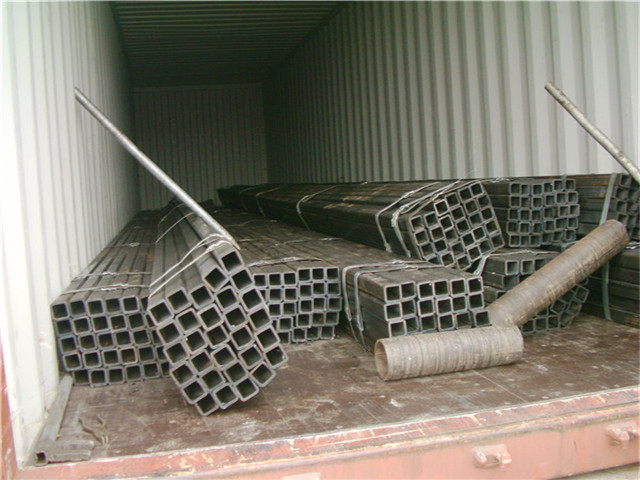Pipes vary according to their intended use, shape and size. In their most basic form, a pipe is the transport of a fluid or gas. They are two exceptions to this main description, but most of them are correct. The intended purpose of the pipeline help explains the way the material is sized. steel tubing manufacturer in China
Pipe size initially emphasized the importance of the inner diameter (ID) because engineers are concerned with the flow of fluid or gas. It is important that each pipe of the same size has a uniform ID to produce a uniform flow rate. North American steel pipe sizes are identified by two dimensionless numbers: 1) nominal pipe size (NPS), and 2) pipe plan table (Sch. or Sched.). For standard piping, NPS refers to the inside diameter of the pipe and the plan indicates its wall thickness.

The dimensions of steel pipes made in the United States are calculated in inches. To ensure consistency across boundaries, the “inch” identifier has been replaced by the nominal pipe size (NPS) (dimensionless indicator). It is important to recognize that NPS is only nominally sized. NPS does not always match the actual size of the steel pipe. In contrast, the NPS1⁄8 to NPS12 steel tube size is determined by its nominal inner diameter. For example, the NPS 5 in standard and linepipes has an accurate external dimension of 5.563 inches. On the other hand, steel pipes of size 14 and above are considered to be “large outer diameter pipes” and are identified by their precise outer dimensions.
There are four types of pipe sizes: nominal pipe size (NPS), outer diameter (OD), schedule, and wall thickness. This is a confusing place. For pipe sizes 1⁄8″ to 12″, NPS based pipe IDs are loose, but they are not the same. For size, NPS of 14″ and above is equal to the outer diameter of the pipe. Basically, NPS is an outdated method for standardizing pipe sizes. As the pipe industry has evolved, the size has changed.
There are four sizes for measuring the size of the steel tube. These dimensions are:
1.Outer diameter
The outer diameter (OD) of the pipe is defined by the distance of a straight line passing through the hollow center of the pipe, from one outer edge to the opposite outer edge.
2.Wall thickness
The wall thickness was calculated by subtracting the inner diameter from the outer diameter and then dividing the result by two.cold rolled steel pipe
3.The inside diameter
The inner diameter (ID) of the pipe is determined by the distance from the inner surface to the opposite inner surface by a straight line passing through the center of the pipe.
4.Weight
The weight of the tube is determined by its wall thickness. Pipe manufacturing has three weights: 1) standard weight, 2) overweight, and 3) double overweight.